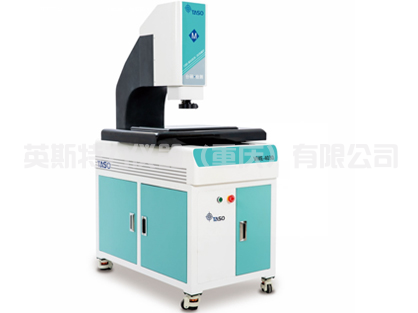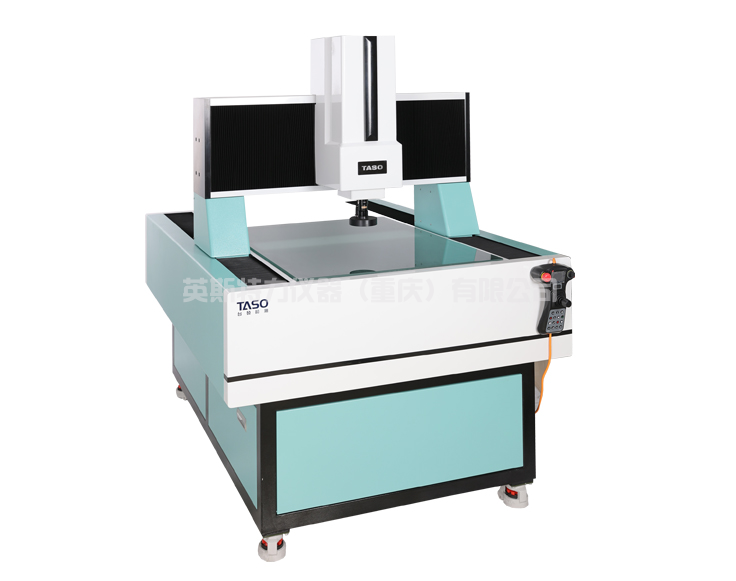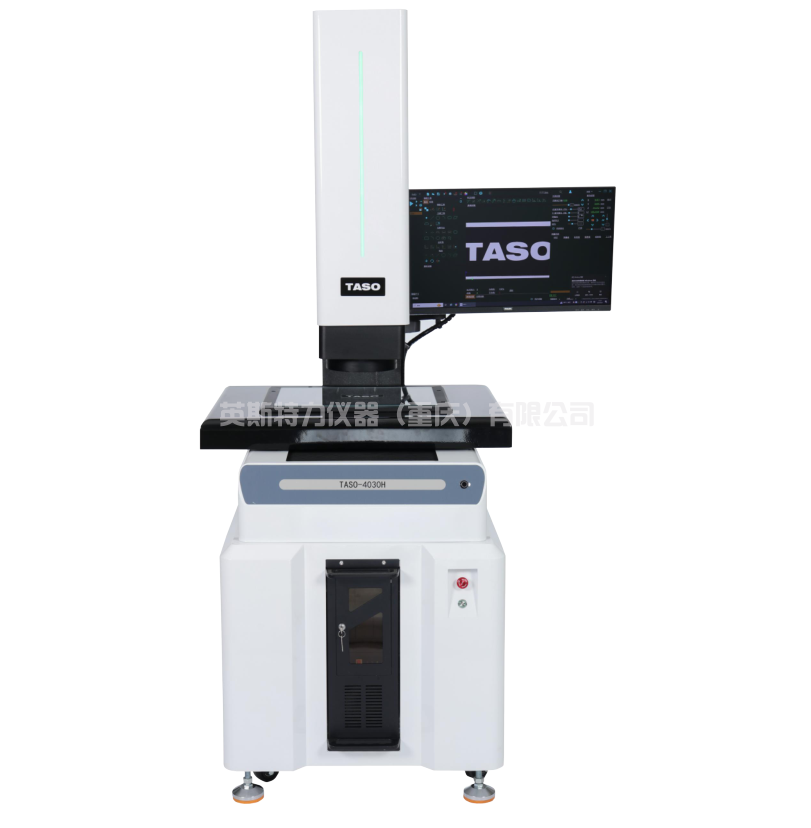随着单片技术的发展,1978年,瑞士人Leeb博士首先提出了一种新的硬度测量方法。 冲击体在距样品表面1mm处的冲击速度和回弹速度,利用电磁原理,感应出与速度成正比的电压。 里氏硬度值表示为冲击体的回弹速度与冲击速度的比值。
图片
计算公式:HL=1000*(VB/VA)
式中: HL——里氏硬度值
VB——冲击体的回弹速度
VA——冲击体的冲击速度
2.里氏硬度计冲击装置
里氏硬度有七种:D、DC、D=15、C、G、E、DL:
D:尺寸:f20*70mm,重量:75g。 通用型,用于大多数硬度测量。
DC:尺寸:f20*86mm,重量:50g。 冲击装置很短,主要用于非常狭窄的地方,例如内部孔或圆柱体。
D 15:尺寸:f20*162mm,重量:80g。 用于测量凹槽或凹槽表面硬度的小头。
C:尺寸:f20*141mm,重量:75g。 最小的冲击能量,用于测量小而轻、薄的零件和堆焊层。
G:尺寸:f30*254mm,重量:250g。 冲击能量大,对测量面要求低。 适用于大型、重型和粗糙表面的锻件。
E:外形尺寸:f20*162,重量80g 压头为人造金刚石,用于硬度极高的材料的测定。
DL:尺寸:f20*202mm,重量:80g,头部较小,用于测量窄槽和齿轮表面的硬度。
3、异形支撑环的使用
在现场工作中,经常会遇到弯曲的试件,各种曲面对硬度测试结果的影响不同。 在正确操作的情况下,冲击在试件表面的位置与平面试件的位置相同,所以一般的支撑环为Can。 但是,当曲率小到一定大小时,由于平面状态变形的弹性状态存在显着差异,冲击体的回弹速度就会降低,从而使里氏硬度显示值偏低。 因此,对于样品,建议在测量时使用小支撑环。 对于曲率半径较小的试样,推荐使用异形支撑环。
四、里氏硬度计的测量范围
根据里氏原理,只要材料有一定的刚性,能形成回弹,就可以测出准确的里氏硬度值,但很多材料的里氏硬度与其他标准没有对应的换算关系,所以 里氏硬度计目前只安装了9种材料的换算表。 具体材料有:钢及铸钢、合金工具钢、灰口铸铁、球墨铸铁、铸铝合金、铜锌合金、铜锡合金、纯铜、不锈钢铜。
对于一些特殊材料的样品,用户可以使用本公司提供的拟合曲线作为专用换算表。 在实际生产中,会用到各种金属材料。 由于里氏硬度计对材料的加工方法和合金元素的组成比较敏感,所以里氏硬度计芯片中存储的硬度换算表并不能全部满足用户的需要。 ,用户可以在测试过程中使用配件制作自己的专用硬度换算表。
五、影响里氏硬度计测试精度的因素
1.数据转换导致的错误
里氏硬度换算成其他硬度时的误差包括两个方面:一方面是里氏硬度本身的测量误差,它涉及到按方法进行试验的分散性和国内多台里氏硬度计的测量误差。 同类型。 另一方面是不同硬度测试方法测得的硬度比较误差,这是由于各种硬度测试方法之间没有明确的物理关系,相互比较时测量不可靠造成的。
2、特殊材料造成的误差
存储在硬度计中的换算表可能与以下钢种不同:
所有奥氏体钢
耐热工具钢和莱氏体铬钢(工具钢)是导致弹性模量增加的硬质材料,导致L值低。 此类钢应在横截面中进行测试
局部冷却硬化会导致高L值
磁钢会因为磁场的影响而使L值变低。
英斯特力仪器是一家集研发、生产及销售于一体的 影像测量仪,拉力试验机, 硬度计 ,探伤仪, 粗糙度仪, 测厚仪, 金相设备厂家, 致力于为客户提供更好的检测仪器。
With the development of monolithic technology, in 1978, Swiss Dr. Leeb first proposed a new hardness measurement method. The impact velocity and rebound velocity of the impact body at 1mm away from the sample surface are induced by electromagnetic principle, and the voltage is proportional to the speed. The Richter hardness value is expressed as the ratio of rebound velocity to impact velocity of the impact body.
The picture
Calculation formula: HL=1000*(VB/VA)
Where: HL -- Richter hardness value
VB -- rebound rate of impact body
VA -- impact velocity of the impactor
2. Impact device of Richter hardness tester
There are seven Richter hardness: D, DC, D=15, C, G, E, DL:
D: Size: F20 *70mm, weight: 75g General purpose type for most hardness measurements.
DC: Size: F20 *86mm, weight: 50g. Impact devices are very short and are mainly used in very narrow places, such as internal holes or cylinders.
D 15: Size: F20 *162mm, weight: 80g. A small head used to measure the hardness of a groove or groove surface.
C: Size: F20 *141mm, weight: 75g. Minimum impact energy, used for measuring small and light, thin parts and surfacing layers.
G: Size: F30 *254mm, weight: 250g. Large impact energy, low requirements for measuring surface. Suitable for large, heavy and rough surface forgings.
E: Size: F20 *162, weight: 80g Indenter is artificial diamond, used for the determination of high hardness materials.
DL: size: F20 *202mm, weight: 80g, small head, used to measure the hardness of narrow groove and gear surface.
3, the use of special-shaped support ring
In field work, bending specimens are often encountered, and various curved surfaces have different effects on hardness test results. Under the condition of correct operation, the position of the impact on the specimen surface is the same as that of the plane specimen, so the general support ring is Can. However, when the curvature is small to a certain size, due to the significant difference in the elastic state of the plane state deformation, the rebound velocity of the impact body will be reduced, resulting in a low value of The Richter hardness. Therefore, for samples, it is recommended to use small support rings when measuring. For samples with small radius of curvature, it is recommended to use special-shaped support rings.
Four, the measuring range of the Richter hardness tester
According to the Richter principle, accurate Richter hardness value can be measured as long as the material has a certain rigidity and can form a rebound. However, there is no corresponding conversion relationship between the Richter hardness of many materials and other standards, so the Richter hardness tester only has 9 materials conversion table installed at present. Specific materials are: steel and cast steel, alloy tool steel, gray cast iron, nodular cast iron, cast aluminum alloy, copper zinc alloy, copper tin alloy, pure copper, stainless steel copper.
For some special material samples, users can use the fitting curve provided by our company as a special conversion table. In actual production, all kinds of metal materials will be used. Because the Hardness tester is sensitive to the processing method of materials and the composition of alloy elements, the hardness conversion table stored in the Hardness tester chip can not meet the needs of users. , users can use accessories to make their own special hardness conversion table during the test process.
5. Factors affecting the testing accuracy of The Richter hardness tester
1. Errors caused by data conversion
The error of converting The Richter hardness into other hardness includes two aspects: on the one hand, the measuring error of the Richter hardness itself, which involves the dispersion of the test by method and the measuring error of many Domestic Richter hardness testers. The same type. On the other hand, the hardness comparison error measured by different hardness testing methods is caused by the unreliability of measurement due to the lack of clear physical relationship between various hardness testing methods.
2. Errors caused by special materials
Conversion tables stored in the durometer may differ from the following steel grades:
All austenitic steels
Heat resistant tool steels and lestenitic chromium steels (tool steels) are hard materials that result in increased elastic modulus, resulting in low L values. This type of steel shall be tested in cross section
Local cooling hardening results in high L values
The L value of magnetic steel will be lower because of the influence of magnetic field.







 客服1
客服1 